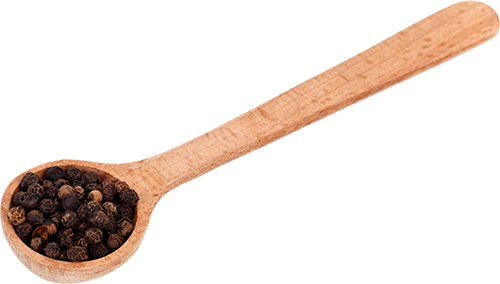Kampot pepper is grown in a small mountainous area of southern Cambodia, straddling the provinces of Kampot and Kep. In this region, the “terroir” - the unique combination of climate, soil hydrology and know how - is ideal for producing one of the finest peppers in the world, delivering distinct, lingering flavours and aromas unlike any other. Pepper growing in Kampot has a history pre-dating even the ancient civilisations of the Angkor Empire. Production reached its zenith during the French colonial era in the early to mid 20th century when up to 8,000 tonnes per year were produced and exported to France. However, during the Khmer Rouge period of control during the 1970s, the industry was all but terminated when farmers were forced to grow rice, and the pepper plantations were abandoned to the forest. As peace returned to Cambodia in the early 1990s, pepper farming families started trickling back to their ancestral lands to begin rebuilding their ancient craft, assisted by development organisations. Nowadays, the exceptional quality of Kampot pepper is once again being discovered by the world of haute cuisine, and demand amongst the top restaurants of Europe and the rest of the Western World, Japan and Korea is helping to lift Kampot’s traditional pepper farmers out of poverty. Meanwhile, Kampot pepper has now become the first pepper in the world to be awarded Protected Geographic Indication (PGI) by the European Union, a certification that recognises products of exceptional quality that can only be produced in a designated region. Kampot Pepper’s PGI Book of Specification requires that, for pepper to be called Kampot Pepper, it must be grown 100% organically, prohibiting the use of chemical fertilisers or pesticides, and must be produced from one of only two piper nigram sub species, Kamchay and Lampong (or Belantoeung), known locally as big leaf or small leaf pepper.
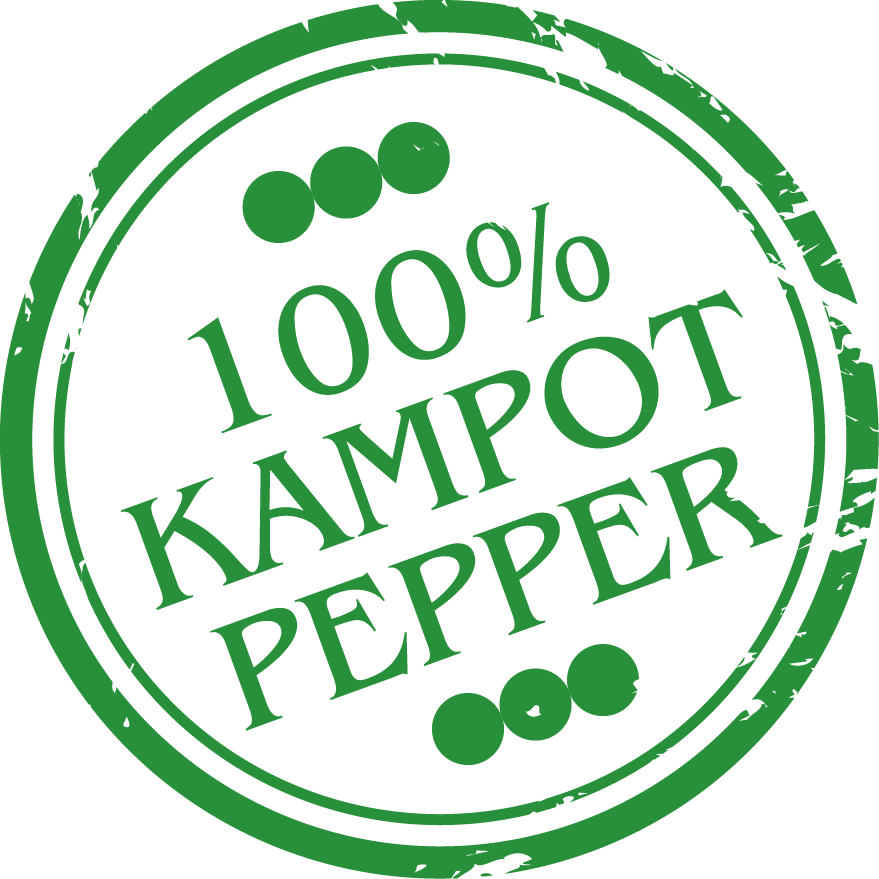
Where does pepper come from?
Originating in India, pepper (Piper nigrum L) is a vine that climbs up trees or poles planted in the ground reaching up to 10m tall. There are 2 types of pepper grown in Kampot - and on our farm - which qualify for the PGI status: Kamchay and Lampong, known locally as big leaf or small leaf pepper. The corns grow on a string, known as a “spike”, that grows up to around 10cm long, each producing up to 50 to 60 peppercorns per spike. As with most fruits, the corns turn red when ripe.
Black pepper is derived from the about to ripen, green berries, dried in the sun. The red pepper is produced from the red, ripe berries, and the white pepper is made from red peppercorns with the skins removed. Red and white corns are hard to produce and make up a small percentage of the pepper crop. Birds enjoy the taste of the ripe berries and are likely to get to them before we do, therefore we harvest the spikes when only the first half dozen or so berries have turned red.
Certified by International Organisations
All of our genuine Kampot Pepper is certified by a number of official bodies, governments and organisations around the world. Our farm is regularly inspected to ensure we meet the highest criteria for quality Kampot Pepper production.
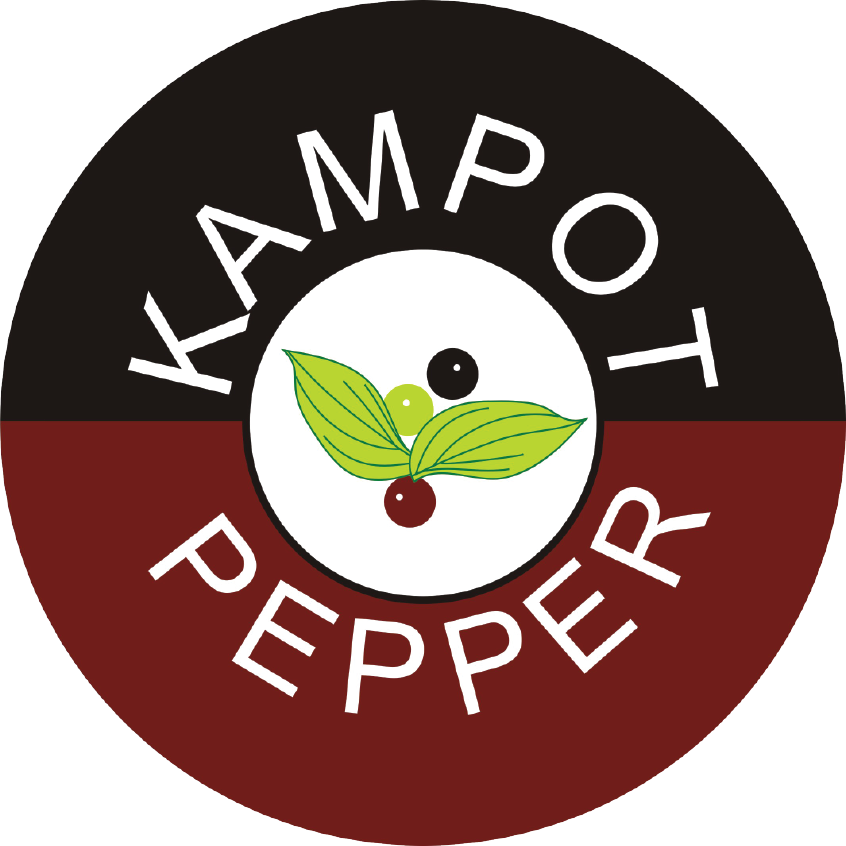
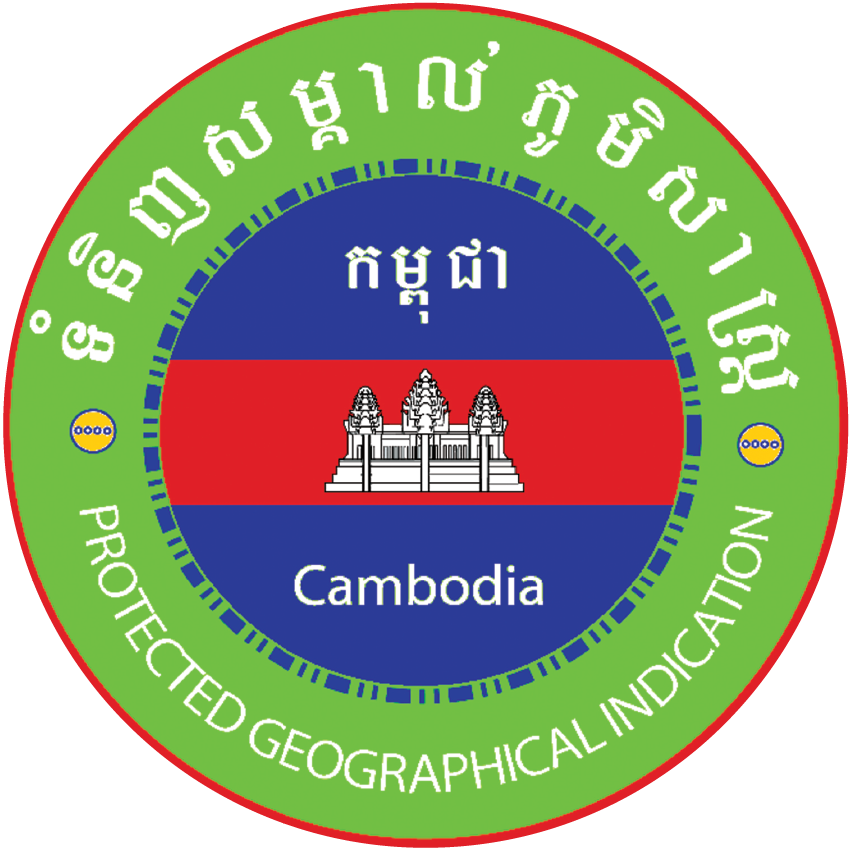
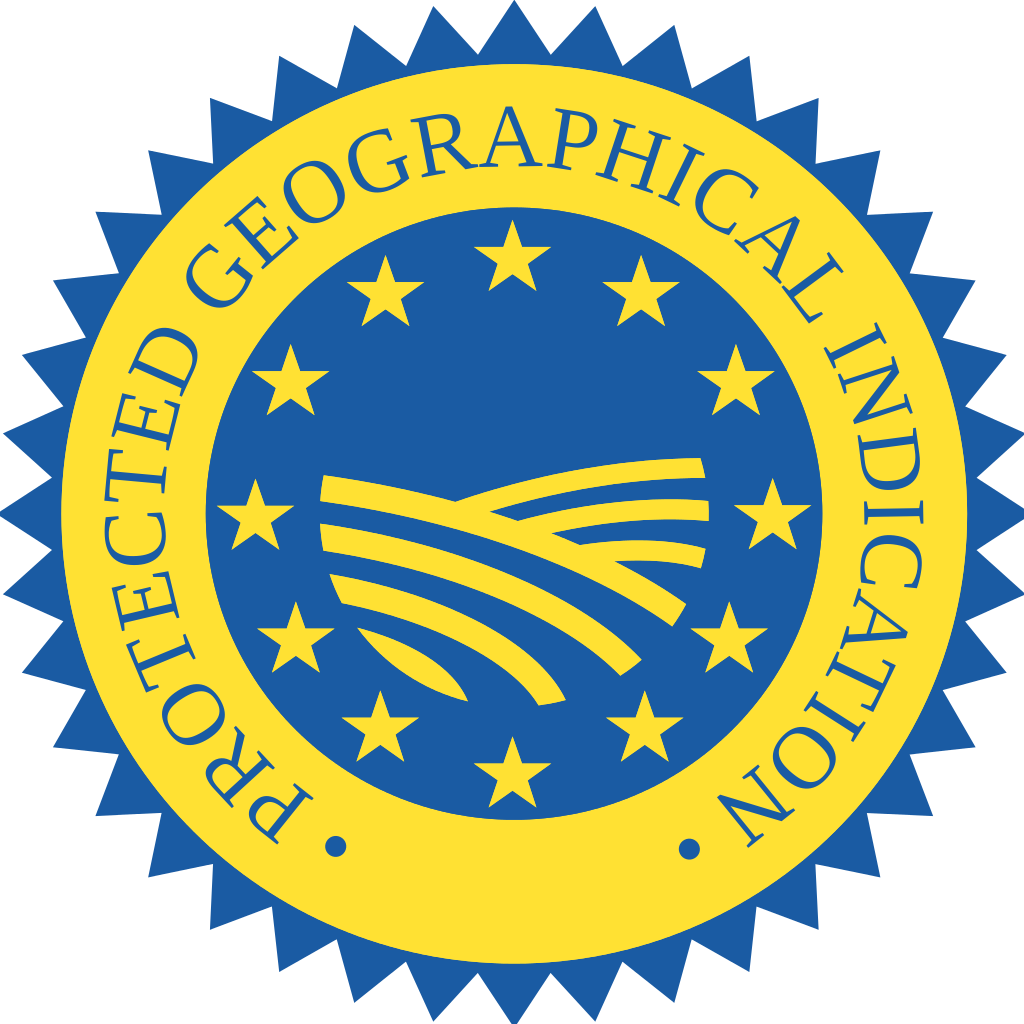

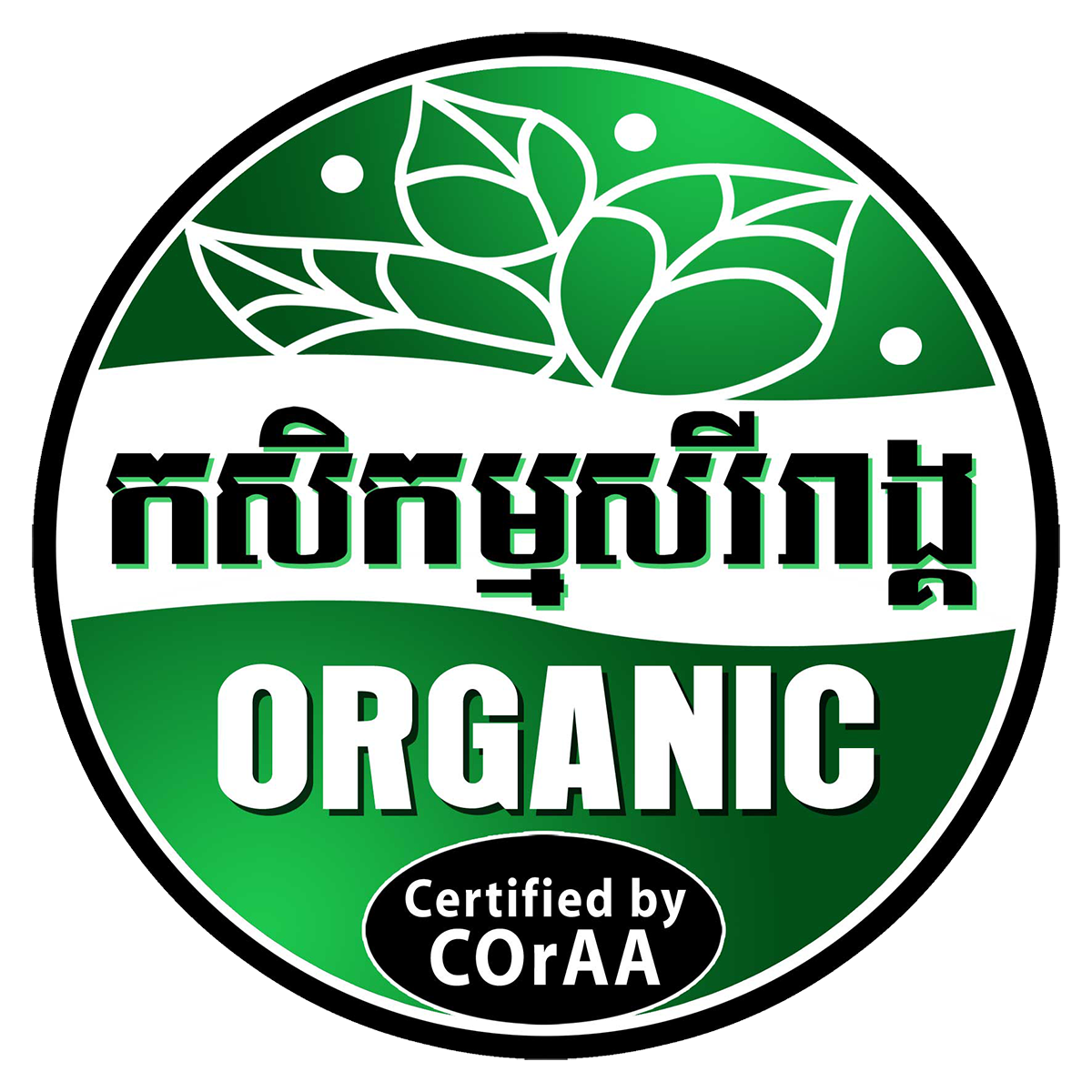
Kampot Pepper Promotion Association (KPPA)
The KPPA is the organisation that regulates, controls and certifies Kampot Pepper production.
Cambodian Government Global Indication
Kampot Pepper was first awarded protected geographical indication, a status recognizing the product as unique and special, by the Cambodian Government in 2010.
European Union Geographical Indication
Kampot Pepper is GI certified by the EU, the same body that certifies Champagne and other geographic-specific products in Europe and worldwide.
EcoCert SA - France
Our Kampot Pepper's Geographical Indication is certified by EcoCert. The French organisation certifies that Kampot Pepper is a genuine GI product.
COrAA
The Cambodian Organic Agriculture Association test and certify the land where BoTree farm lies. We have our organic certification covering the 2016/2017 harvest.
